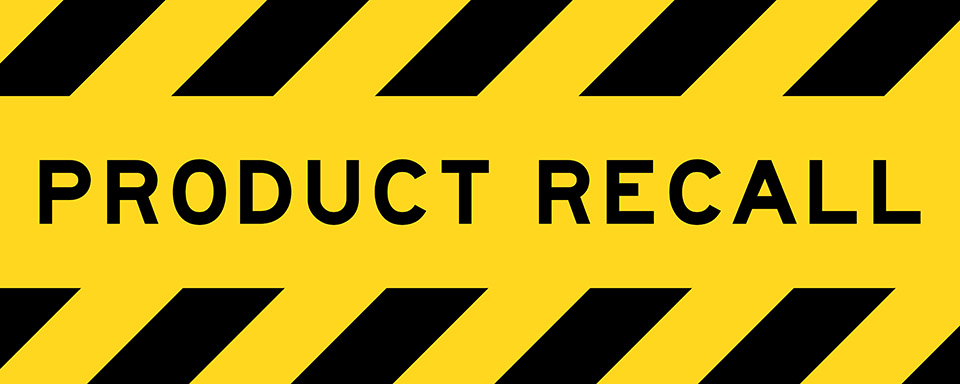- Design Defects
- Manufacturing Defects
- Marketing Defects
There are more than a dozen specific causes for product liability claims under those three broad defect umbrellas. Some people use marketing defects, labeling defects or warranty defects interchangeably.
Although there’s a difference between marketing, advertising, labeling and packaging, for the purposes of product liability discussions, marketing defects is frequently used as a catch-all term. In some cases, a company may also be guilty of improper advertising, which could qualify as a literal marketing defect.
Strict Liability
Product liability cases rely on the legal concept of strict liability. That essentially means the manufacturer doesn’t need to have intended to or knowingly acted with negligence when designing, manufacturing or labeling their product. The simple fact that their product was defective and injured someone is adequate justification for seeking damages. A manufacturer could be strictly liable even if their actions didn’t directly lead to or cause the injury.
However, asserting strict liability does mean a plaintiff’s claim needs to meet a few criteria before they can move forward with any hope of success:
- There was a defect (design, manufacturing or marketing)
- The product was used in a foreseeable manner (even if the use of a product wasn’t explicitly intended, it may still qualify as foreseeable)
- The product wasn’t materially modified
An injury doesn’t necessarily have to occur due to a product’s intended use for a plaintiff’s claim to succeed. If a product designer or manufacturer should have seen a product’s obvious potential for misuse, a plaintiff can assert strict liability. There have even been cases where manufacturers or advertisers have slyly promoted “unintended” uses to increase sales.
Design Defects
Products that pose an unreasonable risk for harm may have design defects. The crux of a design defect case is proving the product is dangerous or more dangerous than is necessary due to the defect. For example, a table saw is by its very nature dangerous. If a table saw was designed with a faulty blade guard, and purchasers were injured as a result, that might qualify as a design defect. The product itself is only considered unreasonably dangerous due to the design defect.
Manufacturing Defects
If a product is constructed using subpar materials or a glitch on the assembly line caused some vital step to be skipped in the manufacturing process, and the resulting defect resulted in injuries, affected consumers might have a manufacturing defect product liability case.
Some hip or knee implants have been recalled due to manufacturing defects. The quality of the alloys or the process of fabrication resulted in weakness in the devices. In some cases, this led to metal shavings coming off the devices inside a patient’s body, causing irritation, infection, inflammation, pain and in some cases death. At the very least patients had to have the devices removed or replaced in painful procedures that required long recoveries.
Marketing Defects
Product liability cases centered on marketing defects most frequently pertain to inadequate or inaccurate warning labels on a product, its packaging or in various instruction booklets or inserts. Manufacturers are legally allowed to sell dangerous products – you can easily buy power tools, firearms, alcohol and cigarettes. In most cases consumers can’t sue the manufacturer if they are injured or made ill by using a product that is inherently dangerous.
However, a purchaser can potentially sue if they’re injured by a risk they weren’t warned about. For example, if a medication doesn’t list all potential adverse side effects or risks for people with preexisting conditions.
The placement and positioning of warnings might also open a manufacturer to liability. In some cases, warning labels might be too small to easily see or be hidden from obvious view.
It’s generally not legally required for a manufacturer to include exhaustive warnings – otherwise warning labels for mundane products would potentially need to be pages long, and they still likely wouldn’t cover every potential for misuse or injury. Warnings for the most likely risks are generally required.
Literal marketing might also expose a company to liability. Consider a bike company that has a warning label on their bike that riders must wear a helmet, but their advertising shows people riding the bike without a helmet. The family of someone who died riding the bike helmetless might be able to sue the manufacturer for knowingly promoting the unsafe use of their product.
Companies might also be open to liability for marketing that sets unrealistic expectations. Any type of “-proof” term – bulletproof, windproof, leakproof, rustproof, etc. – could be problematic if it turns out the product doesn’t actually offer that level of protection, and someone is injured as a result.
Were You Injured by a Dangerous Product in Houston?
The defective product lawyers at the Weycer Law Firm are dedicated to helping clients recover compensation after they’ve been injured by products with design defects, manufacturing defects and marketing defects. Manufacturers have a duty to consumers, and they should be held accountable if they breach their duty and their customers are injured as a result.
Contact us at (713) 668-4545 to discuss your situation and find out if you have a case.

